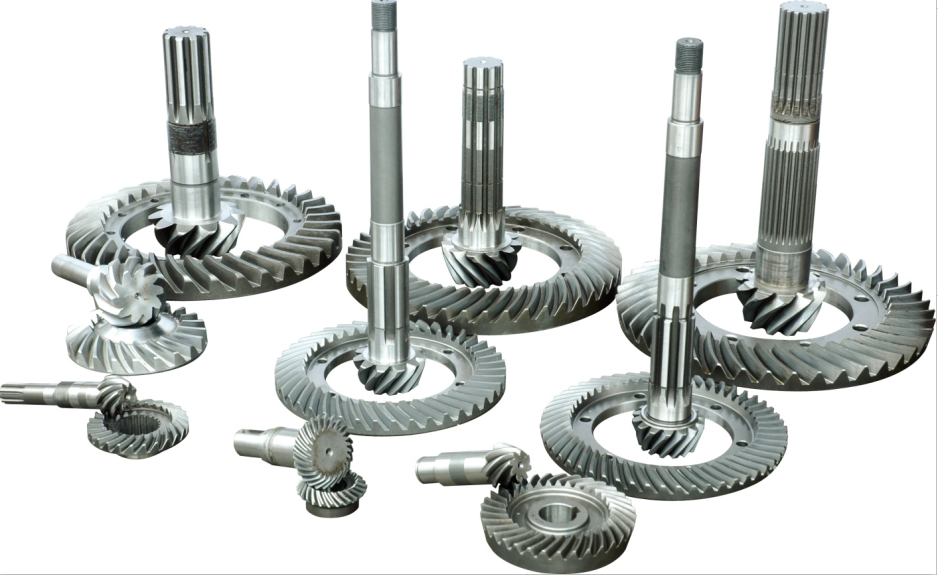Designing custom worm gears is a complex task that requires a solid understanding of mechanical engineering principles and a keen attention to detail. This comprehensive guide will walk you through the process, from initial concept to final design.

Step 1: Define the Requirements
The first step in designing a custom worm gear is to define the requirements of your application. This includes the desired gear ratio, load capacity, operating speed, and other specifications. Additionally, consider environmental factors such as temperature, moisture, and potential exposure to corrosive substances. All these factors will guide your decisions in the design process.
Step 2: Choose the Material
The material selection for both the worm and the worm gear plays a significant role in the gear’s performance and longevity. Traditionally, a hardened steel worm and a bronze worm gear are used due to their good friction properties. However, innovations in material science have presented other possibilities such as advanced alloys, plastics, or even composite materials.
Step 3: Determine the Gear Ratio
The gear ratio is the ratio of the number of teeth on the worm gear to the number of threads on the worm. This ratio plays a crucial role in determining the output speed and torque of the gear system. A higher gear ratio will result in a higher torque and lower speed, while a lower gear ratio will have the opposite effect.
Step 4: Design the Gear Profiles
The profile of the worm and worm gear should be carefully designed for optimal engagement and load distribution. This involves determining the helix angle, pressure angle, and other parameters. Computational tools and software can be very helpful in modeling and analyzing the gear profiles.
Step 5: Choose the Lubrication
Proper lubrication is vital for the operation and longevity of worm gears. The lubrication reduces friction and wear between the worm and worm gear. Consider factors such as the operating temperature and the chosen materials when selecting a lubricant.
Step 6: Design for Manufacturing
The manufacturing process should be considered from the early stages of the design process. Some designs might be theoretically optimal but impractical or excessively costly to manufacture. Consider the capabilities and limitations of manufacturing processes such as machining, casting, or 3D printing.
Step 7: Test and Validate the Design
After the design process, it’s important to test and validate the design. This could involve computer simulations, prototype testing, or both. Be prepared to iterate on your design based on the results of the testing.
In conclusion, designing custom worm gears is a complex but rewarding process that combines engineering principles, material science, and practical considerations. By carefully following each step in the process, you can design a worm gear that meets your specific needs and performs reliably over its intended lifespan.
